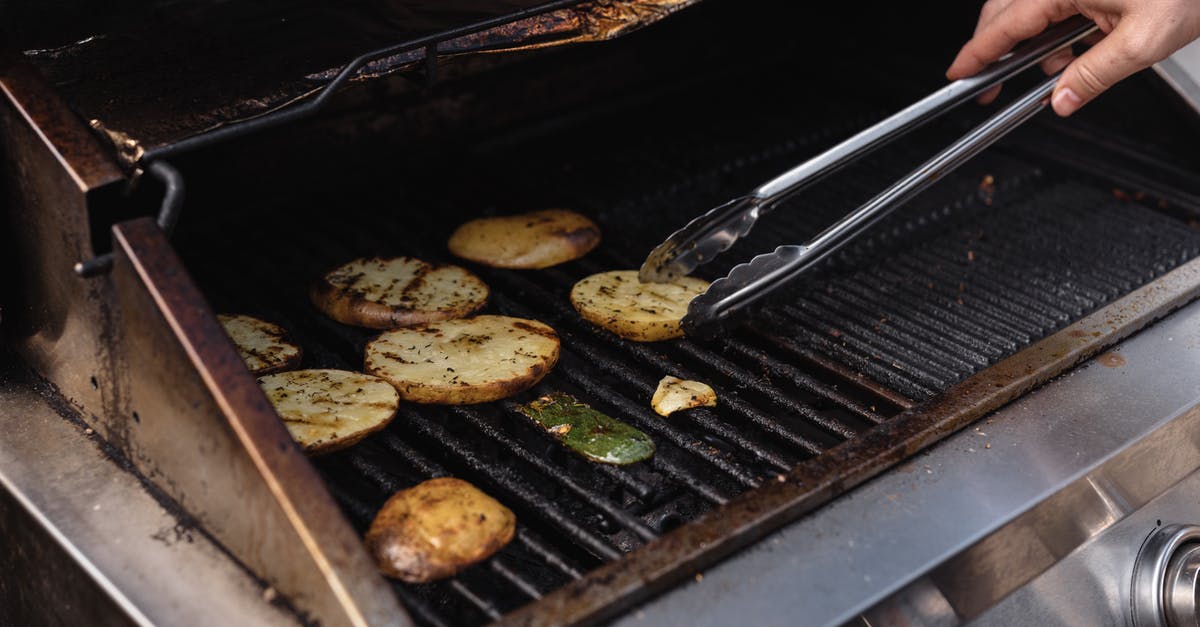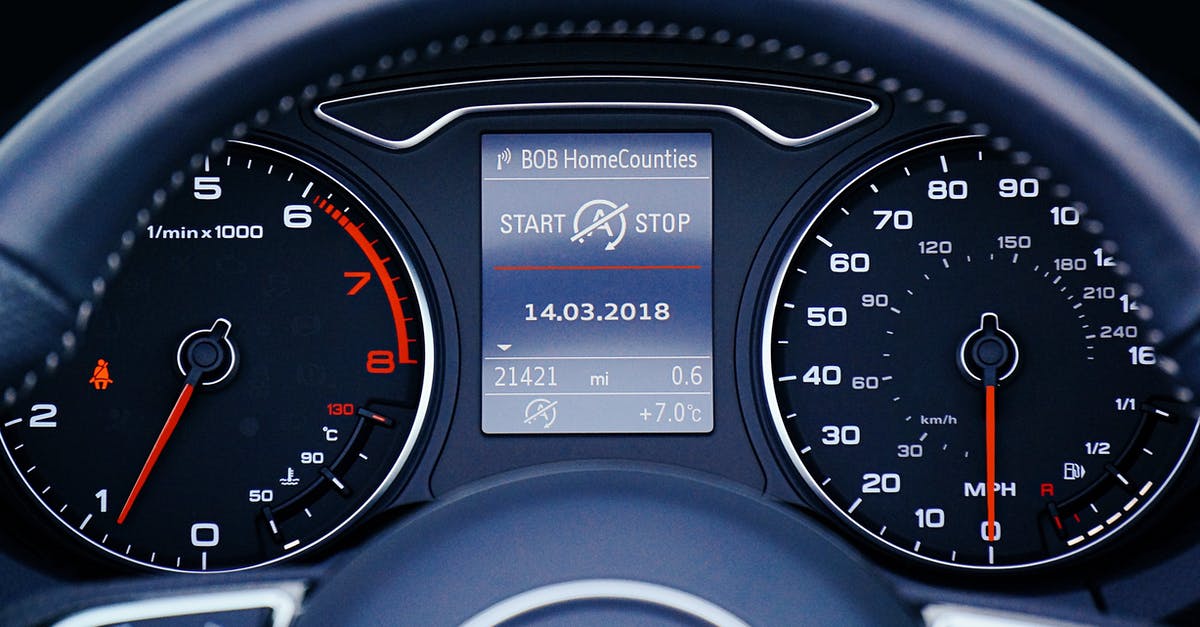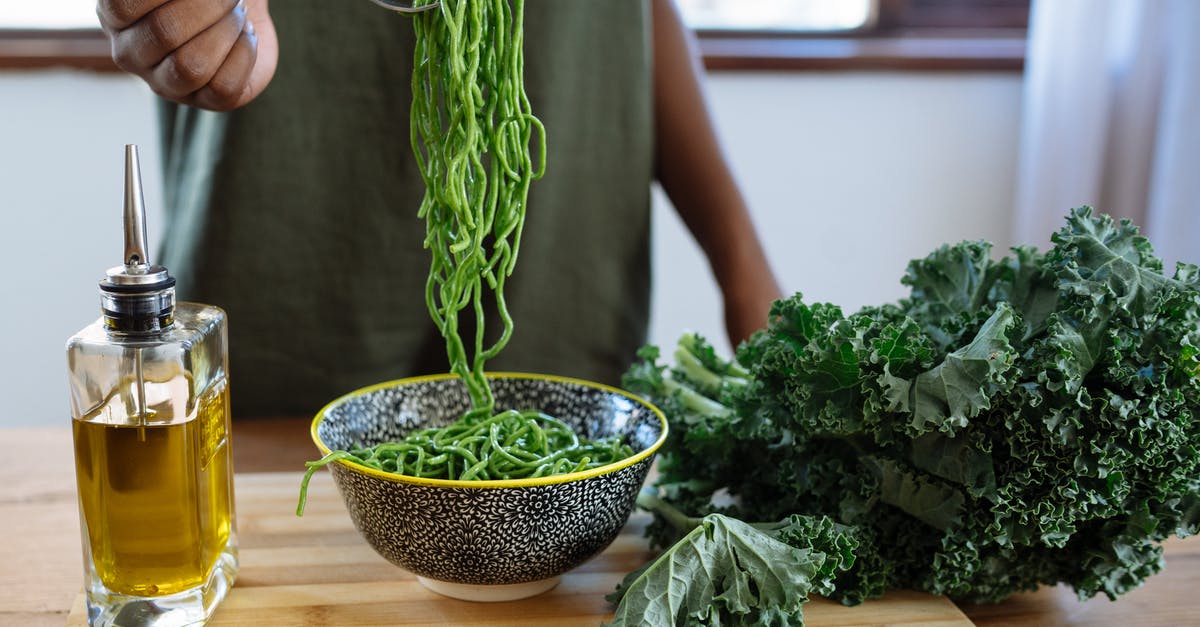How does pH and temperature affect emulsification of vegetable oils?

This question discussed about how the molecular properties of the fat in vegetable oil affect emulsification in the making of Mayonnaise. The answer in there suggested that lemon has minimal role (if any) in the emulsification.
I made mayonnaise using home made unsweetened soy milk. I made the milk by soaking the soy beans overnight and boiling them before blending. Then squeezing out the milk, I added 100 ml milk to 200 ml of corn oil (2:1::oil:milk ratio). To this I added 5 lemons squeezed out. And then used an immersion blender to blend it. Initially the milk and oil were immicible. But on blending the layers mixed together.
However the mayonnaise I made did not become creamy. It was a watery liquid where the oil did not form a separate layer. I do not know why it did not become creamy.
I would like to know how the environmental factors external to the fat molecule like pH and the temperature of the solution to be emulsified affect emulsification.
How does temperature affect emulsification?
What is the best temperature for emulsification?
How does pH affect emulsification?
What is the best pH for emulsification?
Edit 1:
After reading the answer below, I was able to make excellent mayonnaise.
I first blended the soy milk with salt while slowly adding oil. After all the oil has been added, I added the curdling agent (lemon juice or vinegar). I visualize the emulsion being contained by the curdling of proteins. This produced very nice mayonnaise even without mustard (which is a stabilizing agent). It was a little thin compared to the mayo with mustard. Thank you all for helping!
Best Answer
This is a rather complicated issue, so I will answer it in steps.
Only oil and water
This is not something that is usually done in the kitchen, since the emulsion is not stable. But it is useful to consider this simplest version first before going on to the more complex ones. Let's assume that all you are mixing is water, oil, and maybe a bit of citric or ascorbic acid.
Here, the only influence of temperature is that you want the fat to be properly liquid when you start out. If you have fat that is solid (e.g. coconut oil) or cloudy (e.g. oilve oil you have kept in the fridge), let it warm up before you begin. In theory, higher temperature will be somewhat better, because the particle movement will give you a bit more mixing. In practice, you have to do so much forceful agitation to build the emulsion without any emulsifiers, that the contribution of higher temperature will be negligible. So the lowest possible temperature is given by freezing one of your components, and the highest possible is 100 C, where your water will evaporate.
You don't have any chemical reactions happening in this case. The pH doesn't matter.
So, in this case, the best temperature and pH are: any, within the typical range.
With an emulsifier
As above, it assumes that you are using water, oil, maybe some acid, and the emulsifier.
There is a wide range of emulsifers used in cooking, each of them with rather complex thermodynamic properties. Each of them has its "preferred" range of temperature and pH in which it performs best - in fact, some of them don't even work outside of a narrow pH range, and others require the presence of additional chemicals, such as sugar or calcium ions, to work at all. So nothing more specific can be said, it really depends on the exact emulsifier.
To find out the best temperature and pH range for a given emulsifier, consult a reference book on emulsifiers.
With protein
Traditionally, the only emulsifier frequently used in the kitchen was the lecithin contained in egg yolks. Also, many foods used in emulsions contain proteins by themselves. So you will most likely find yourself making an emulsion that contains proteins.
Here, it becomes more complicated. You have both emulsification and curdling going on at the same time. Your goal is to have the curdling happen, but at a slow pace, and not all the way, so the proteins will build a weak silky mesh interspersed with the oil bubbles of the emulsion, instead of having them create hard pieces separated by liquid.
In this case, temperature and pH become very important, and they are also interdependent. Also, it is not only temperature per se that matters, but (at least for eggs), the speed at which the temperature changes. Slower warming up leads to better sauce textures (that's why you should start with room temperature eggs).
If you do it without acid, you have to gently heat your mixture while emulsifying, and stop at the right point, before it curdles too much. For egg yolks, the ideal temperature is 72 Celsius, it will be different for other emulsifiers and/or other sources of protein. If you also add acid, it promotes curdling, and makes it difficult to achieve the right texture. So, texture-wise, the best pH will be neutral. But if you do have to change the pH out of safety or taste considerations, you will have to heat slower and to lower temperatures, and/or add buffers (e.g. sugar in a sweet emulsion) that counteract the acid effects.
This means that in the end, the pH will be determined by your recipe, and the optimal temperature will vary. The recipe is likely to give you vague instructions on how to heat (e.g. with a water bath), but not an exact temperature. So you have to go by the instructions and observe the process, using your experience to decide whether the heating has to be sped up or slowed down.
Pictures about "How does pH and temperature affect emulsification of vegetable oils?"



How does pH affect emulsification?
Juttulapa et al. found that emulsions prepared at lower pH resulted in smaller droplets, higher viscosity, and longer stability [127] . They also found that increasing the pH affected the emulsifiers by generating negative charges that lessened the number of stable emulsions. ...How does temperature affect emulsification?
The effect of temperature on emulsion stability has been explored in detail. If particles are pre-adsorbed to water drop interfaces by emulsification at room temperature, subsequent increase of temperature leads to a progressive increase in sedimentation and coalescence as particles melt and desorb from interfaces.How do fluctuations in the temperature affect the stability of an emulsion?
The thermal destruction of the emulsion is based on a decrease in the adsorption capacity of the stabilizer and the strength of the thixotropic structure of the adsorption layer with increasing temperature. Temperature can affect emulsion stability significantly.What temperature is ideal for emulsification?
A typical emulsion mixing process begins with heating the water phase and water soluble ingredients to 75\u201180\xb0C, depending on the procedure.Damaging Effects of Vegetable Oils to Brain, Heart, Immune System, \u0026 Joints - Dr. Alan Mandell, D.C.
Sources: Stack Exchange - This article follows the attribution requirements of Stack Exchange and is licensed under CC BY-SA 3.0.
Images: Olga Lioncat, Mike B, Syed Qaarif Andrabi, RF._.studio
